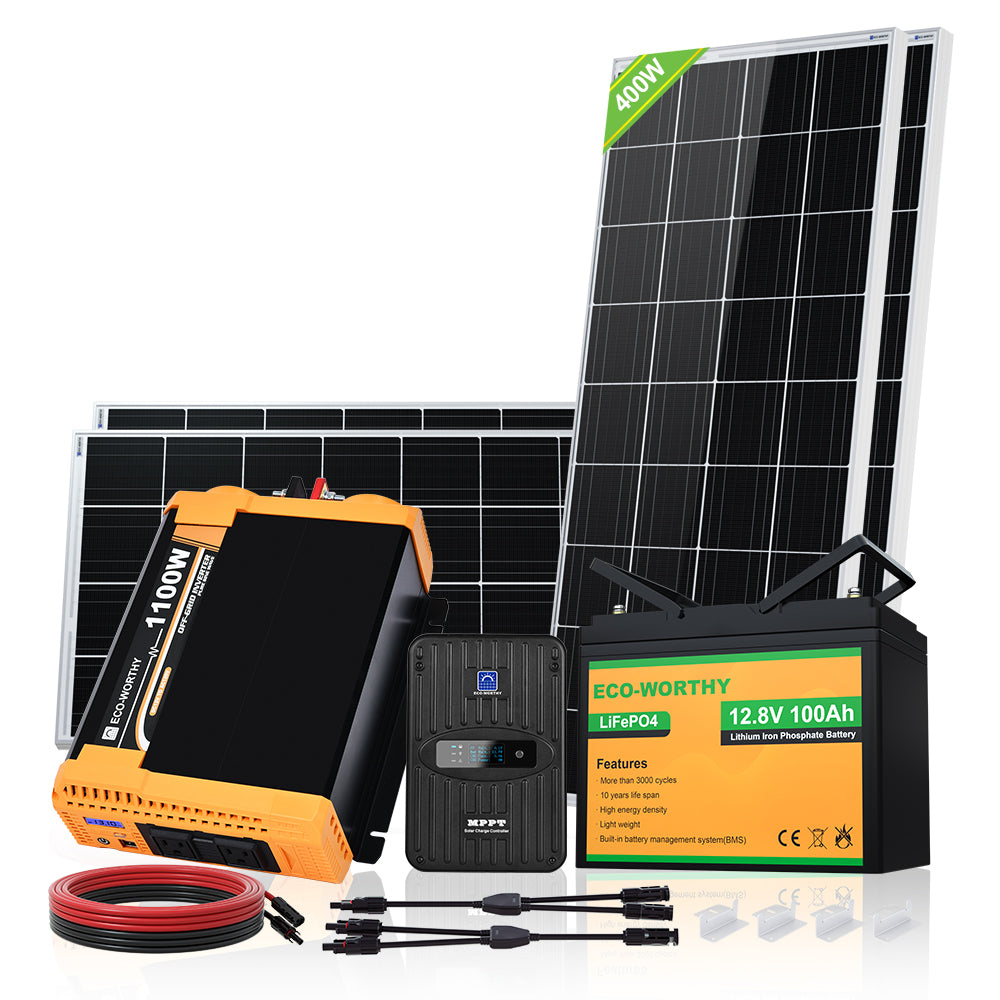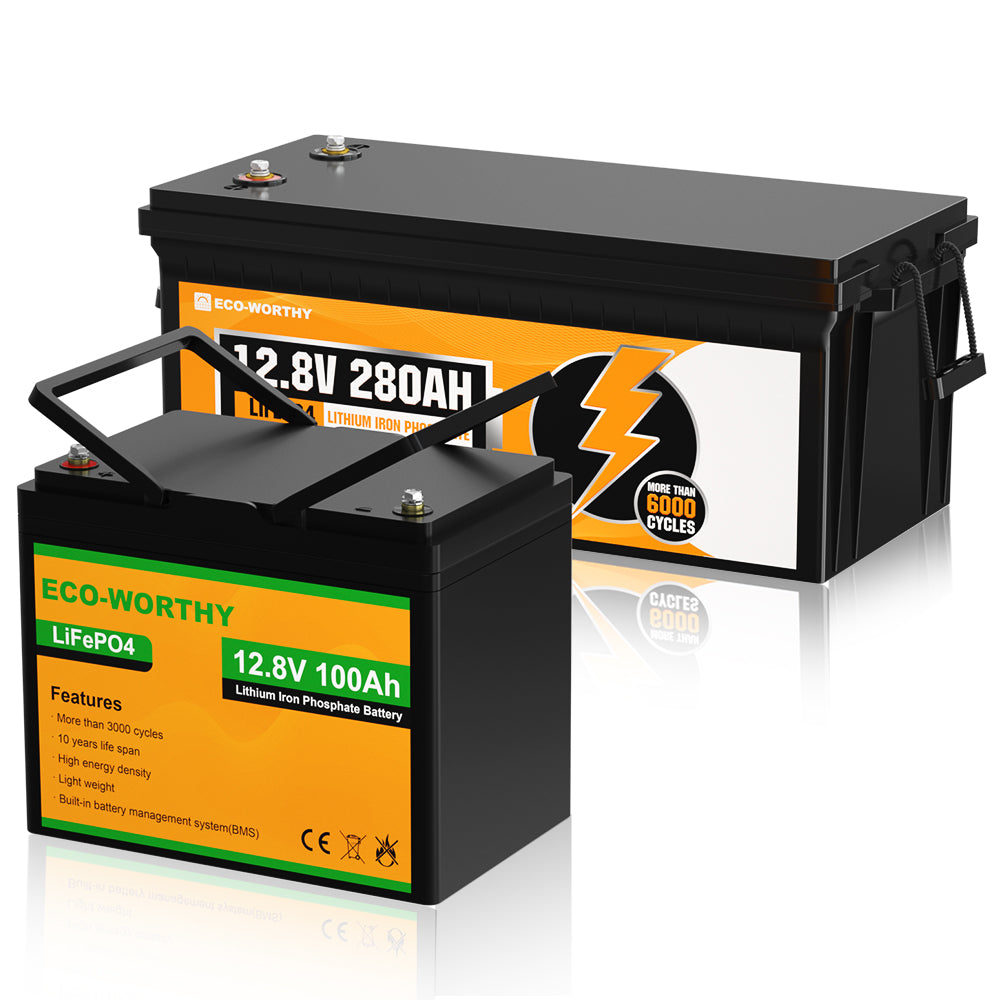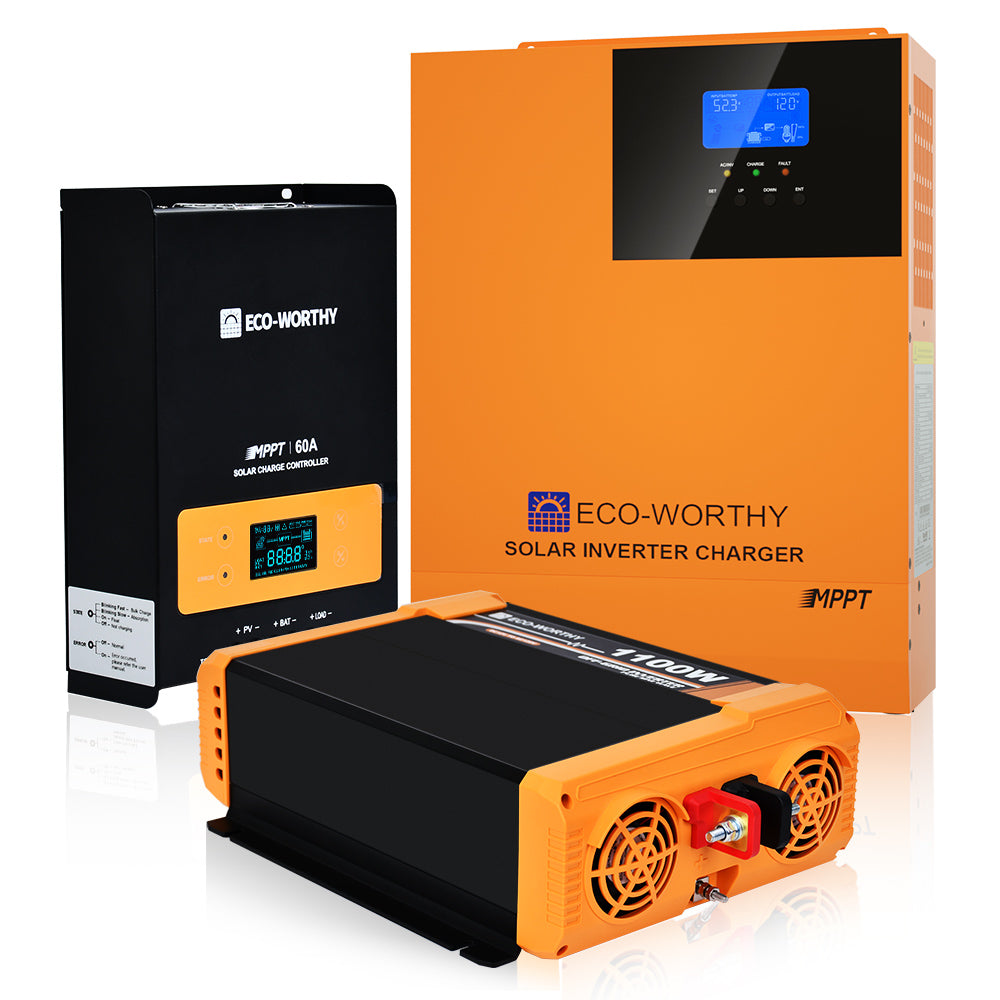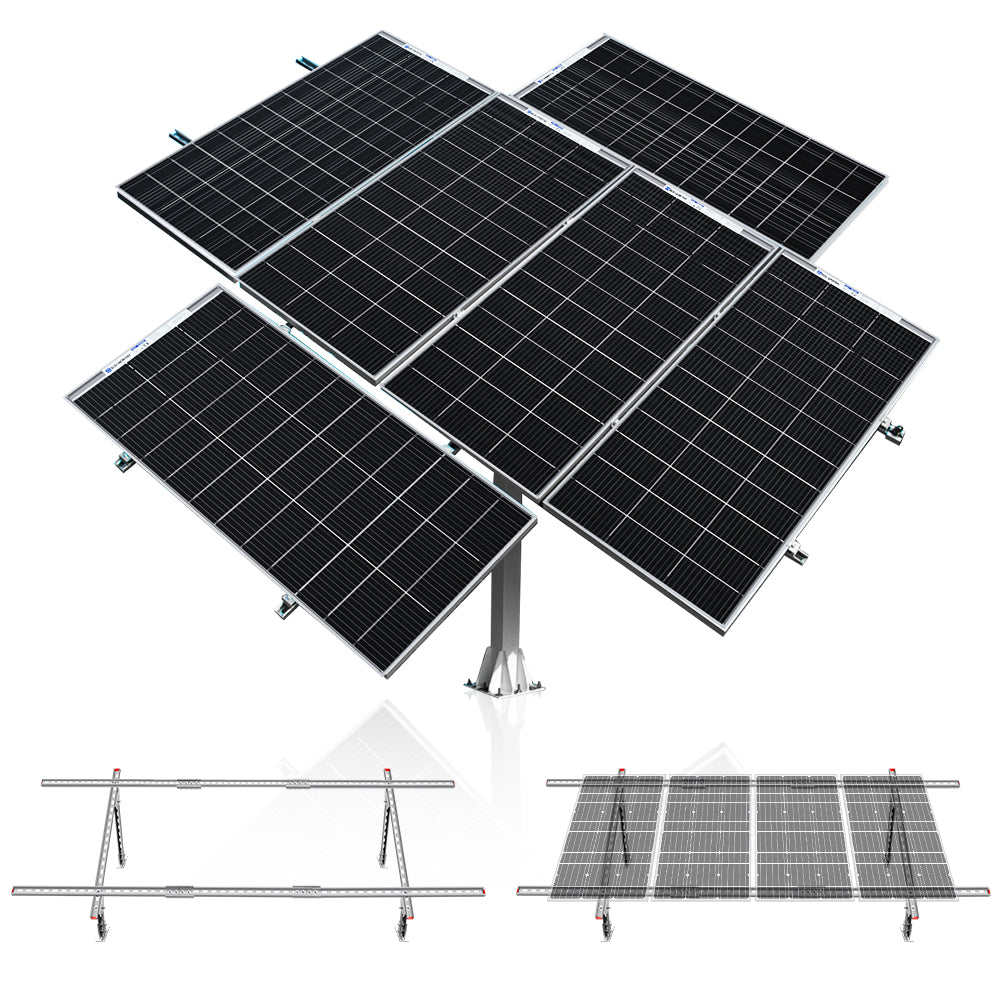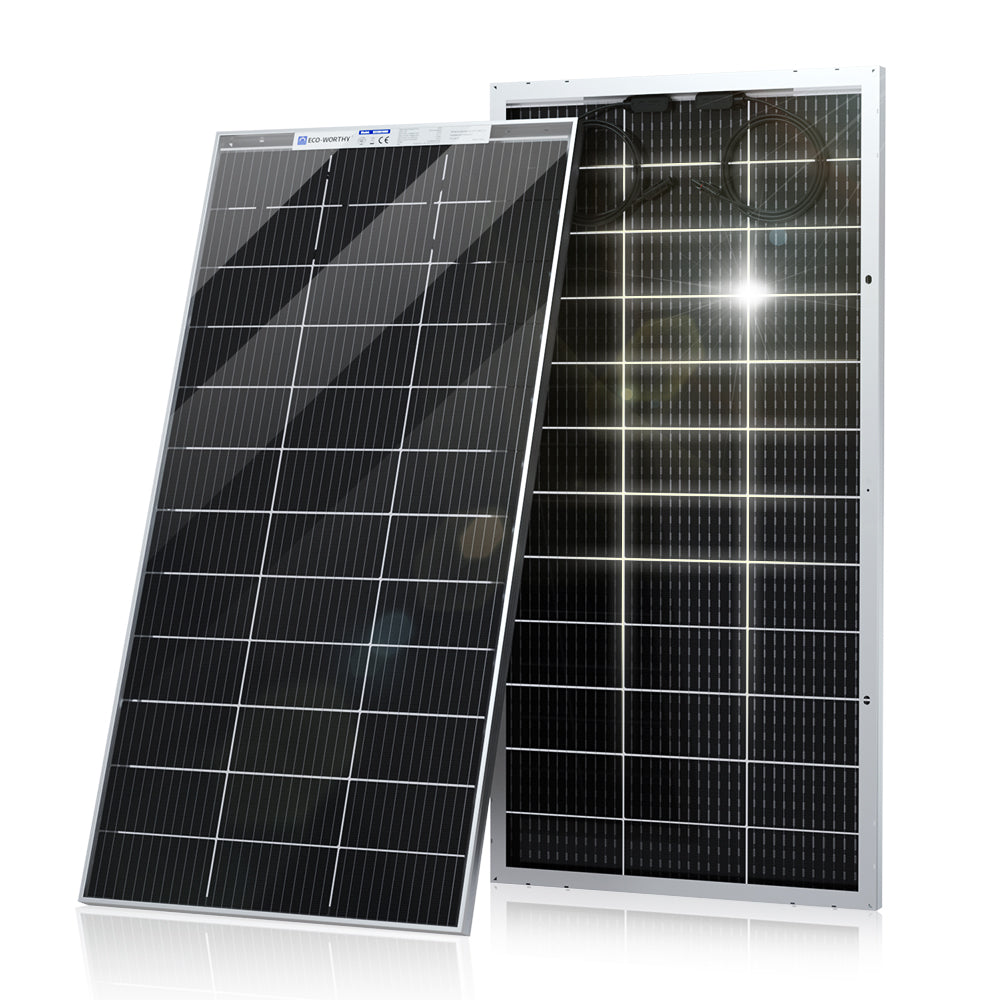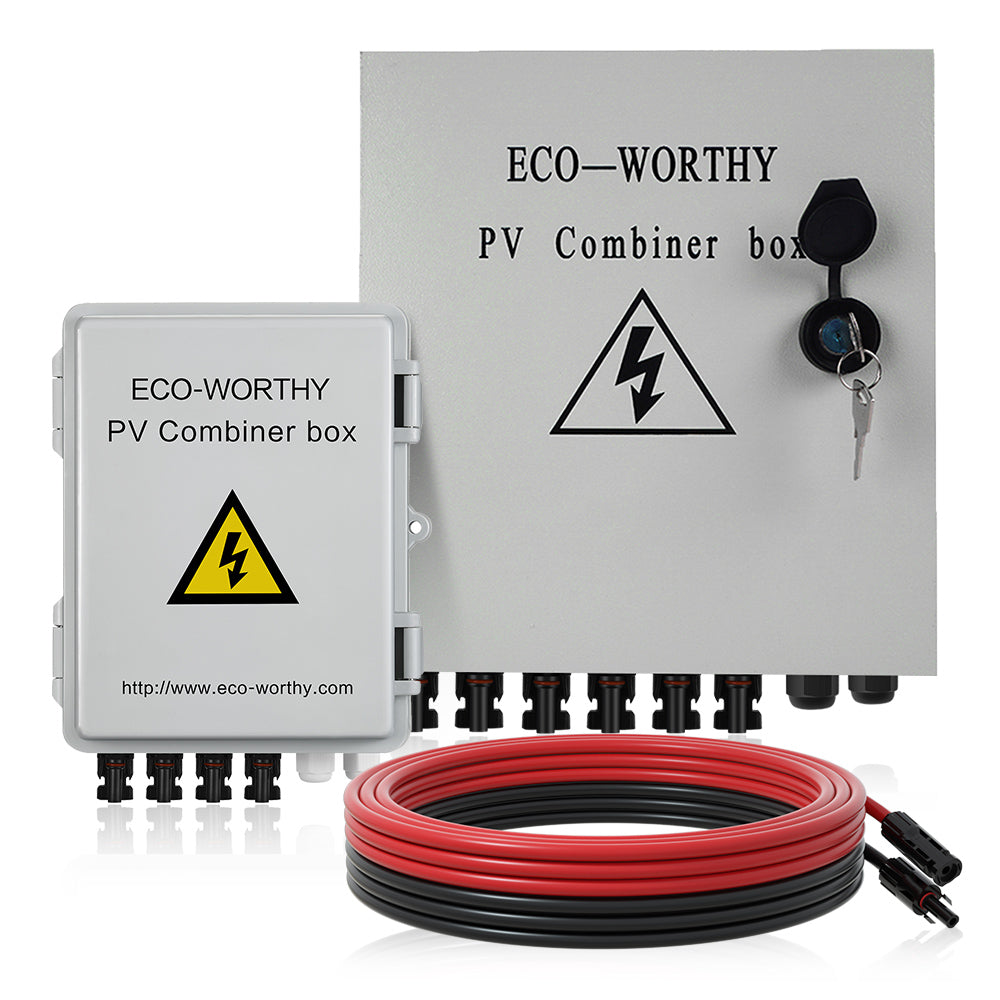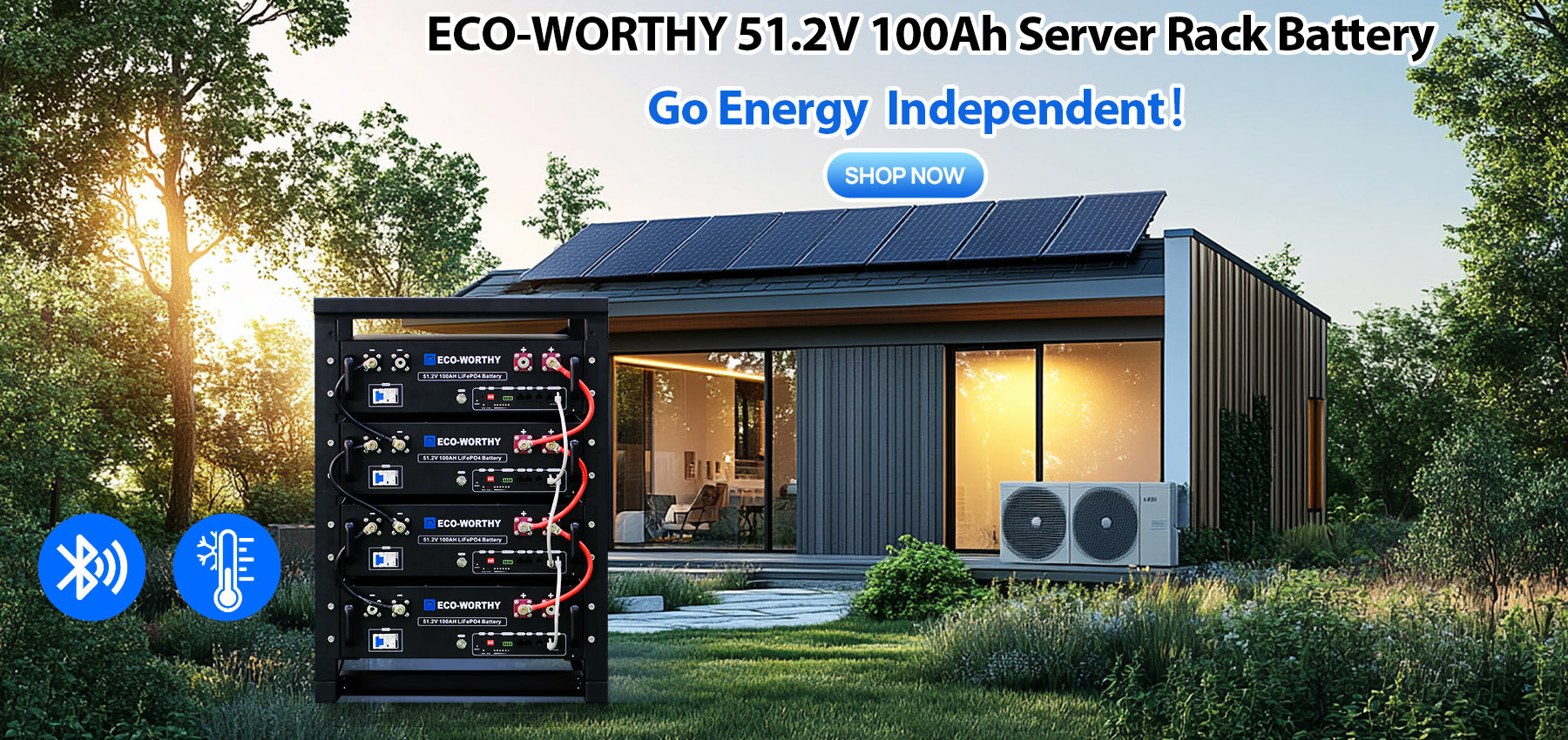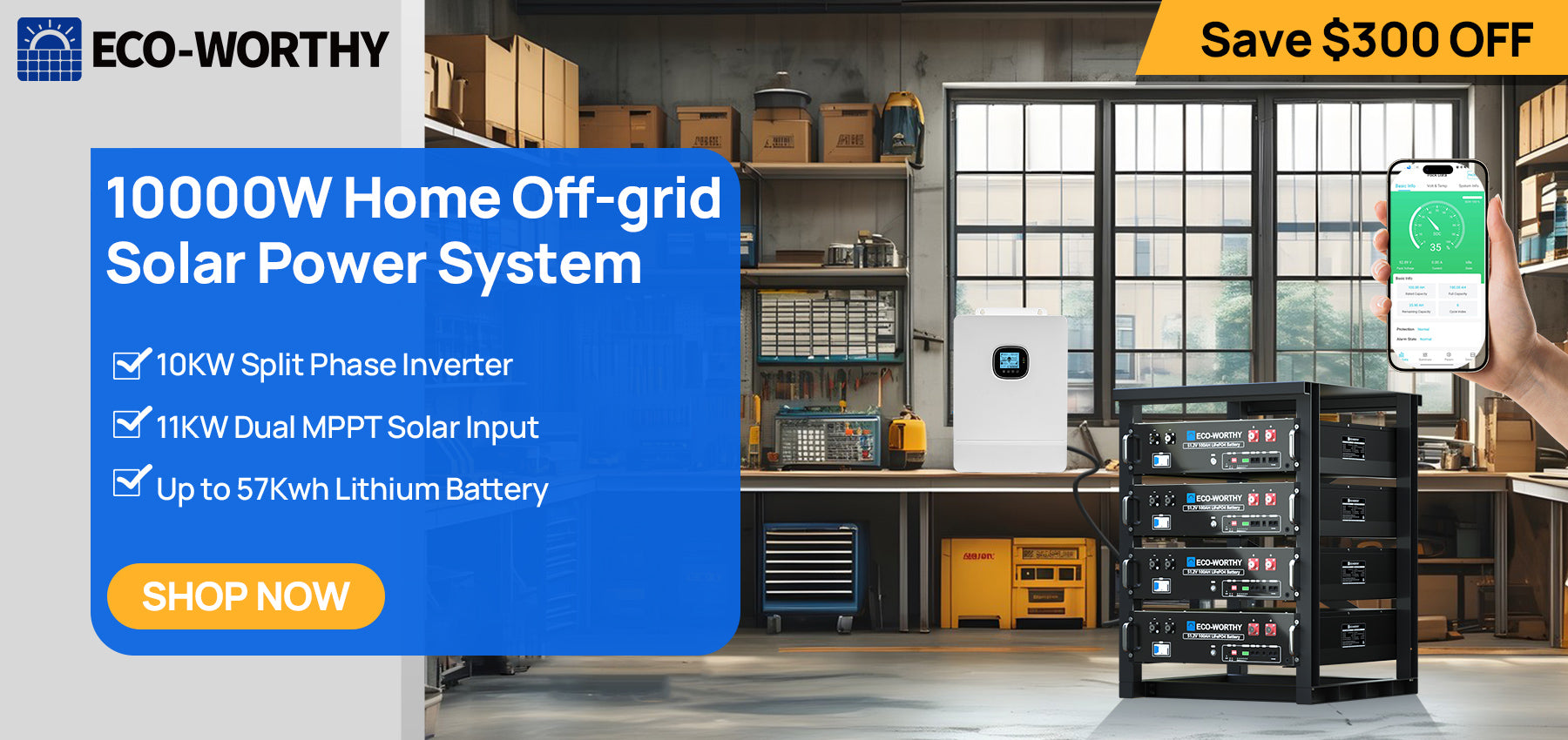Off-grid solar kits offer an appealing solution for individuals who want to free themselves from traditional power grids. The interest in powering residences and commercial spaces independently through solar power is rising.
According to Market Watch Guides, the investment required for these systems ranges between $45,000 and $65,000. This investment contributes to a substantial decrease in environmental impact and grants users complete autonomy over their energy needs. This guide covers key factors affecting off-grid solar kit pricing, providing insights for those considering solar power.
What Is an Off-Grid Solar System?
An off-grid solar system is a self-sufficient energy solution that enables homes and businesses to meet their electrical needs independently. To live off-grid, the system must meet the household's energy needs. It includes solar panels, batteries, and a solar charge controller, ensuring the battery's longevity and efficiency.
Integrating wind power as an alternative can ensure reliable energy, especially in areas lacking consistent sunlight. Solar panels, typically installed on rooftops, capture energy from sunlight, which is then stored in batteries.
This stored energy is converted into electricity through an inverter when needed, freeing from reliance on municipal power grids. For those seeking energy independence, adding a backup system offers extra security and reliability. This offers protection against weather unpredictability and ensures a steady energy supply.
Component Factors to Consider
When evaluating the cost of an off-grid solar system, it’s vital to break down the expenses associated with each component. The total investment required can vary significantly depending on the specific setup and scale of your planned solar energy system. Here's an overview of the basic components to consider and the role they play in the overall system:
Solar Panels
Solar panels are the cornerstone of any solar energy system. Choosing and sizing solar panels are crucial for the efficiency of an off-grid system, as they are its primary power source. According to Forbes Home, the cost of solar panels is typically measured in dollars per watt, with an average price of around $2.76 per watt.
Most solar panels on the market have a power output between 250 and 400 watts per panel. The variance in wattage offers flexibility in designing systems to meet a home or business's specific energy needs. The total panels needed and the cost depend on the solar system size required for your energy consumption.
Solar Charge Controller
The solar charge controller is the gatekeeper between the solar panels and the battery bank. Its primary function is to regulate the flow of electricity. Doing so ensures that the batteries are charged efficiently and protected from being overcharged. This can significantly extend their lifespan and maintain system health.
The cost of a solar charge controller can vary widely, ranging from approximately $500 to $600 for basic models. These fundamental units can manage the energy flow effectively but come with limited features.
Advanced models equipped with LCD displays and enhanced functionality can cost up to $2,000 on the higher end. These premium controllers offer greater control and monitoring capabilities, allowing for a more customized and optimized solar energy system.
Alternative Energy Source
Maintaining an off-grid lifestyle requires integrating an alternative energy source for those in locations where sunlight is insufficient or inconsistent. Wind power is a viable complement to solar energy, offering a renewable power source during low solar output. Wind turbines, which harness the kinetic energy of wind to generate electricity, typically range in cost from $6,000 to $11,000. This cost variance reflects differences in capacity, technology, and brand.
In addition, backup generators are another alternative energy source that is handy during prolonged periods of low renewable energy production.
The cost of a whole-house backup generator spans a wide range, typically from $4,000 to $25,000, with most homeowners investing around $9,000, inclusive of installation. This variance in price is attributed to factors such as the generator's capacity, the brand, and the choice of fuel. Some of the options include gasoline, liquid propane, natural gas, diesel, and solar power.
Solar Battery Bank
A solar battery bank is indispensable for most off-grid solar systems, serving as the repository for energy harnessed by the solar panels. This critical component ensures that your home or RV remains powered, even when the sun isn't shining. The cost of a solar battery bank can be substantial, with prices ranging from $4,000 to $14,000. This wide price range reflects the diversity in battery capacity, technology (such as lead-acid versus lithium-ion), and brand.
The primary function of a solar battery bank is to store the electricity generated during sunny periods. This makes it available for use during overcast days or during instances when solar panels cannot produce sufficient power. This capability is crucial for maintaining a continuous energy supply, ensuring that your off-grid system can meet your energy needs.
Inverter
The inverter is a pivotal component in any off-grid solar kits, tasked with converting the direct current (DC) electricity generated by solar panels into the alternating current (AC) electricity used in homes and businesses. This conversion is crucial for powering household appliances, making the inverter a key component in using solar energy.
Inverters come in a wide range of capabilities and prices, with the average cost falling between $3,000 and $13,000. This price variation depends on the inverter's features, such as energy efficiency, durability, and smart monitoring technologies.
Labor Costs to Install an Off-Grid System
Setting up off-grid solar kits requires a range of intricate technical steps. This involves mounting the solar panels, configuring the battery bank, fitting the inverter, and guaranteeing that all components are integrated.
The labor costs associated with these tasks can represent a significant portion of the overall system cost. On average, labour costs are about $0.59 per watt, making up roughly 10% of the total solar system cost.
A typical residential solar system of around 5 kilowatts (kW) translates to an estimated labor cost of about $3,000. This figure may change depending on the installation complexity, system needs, and the rates of the professionals.

